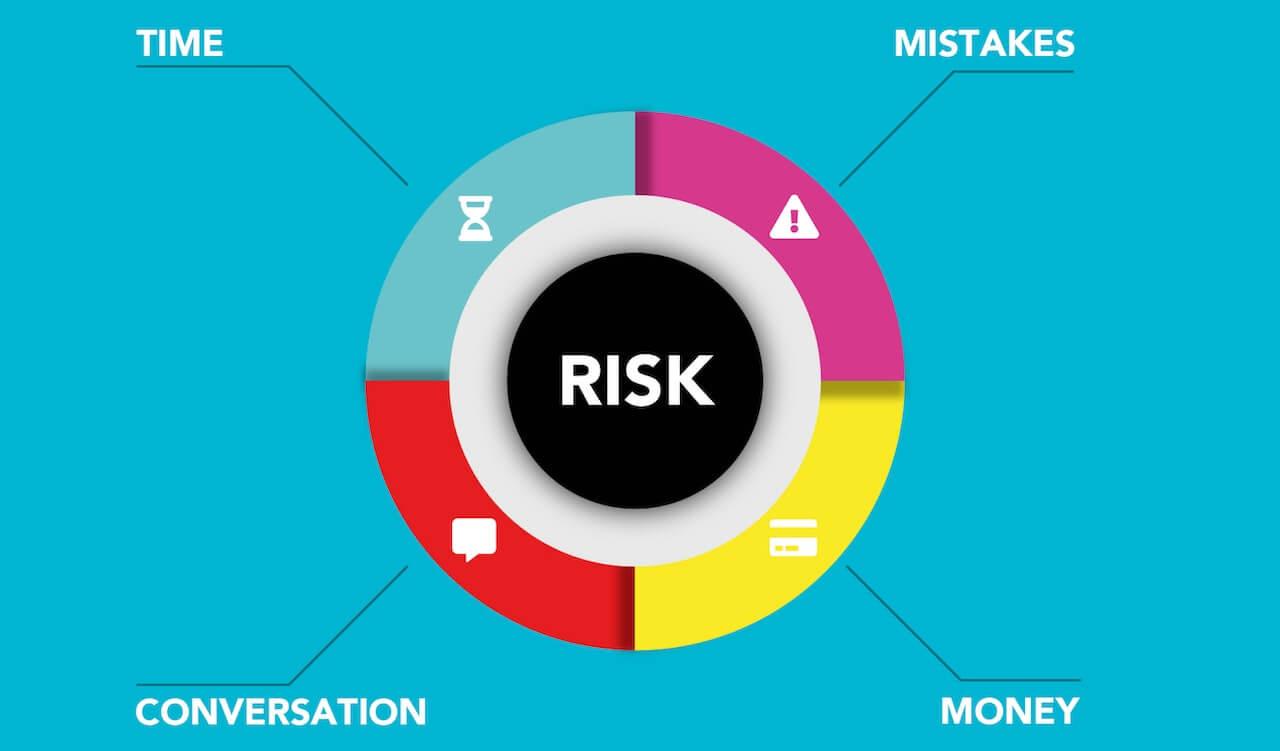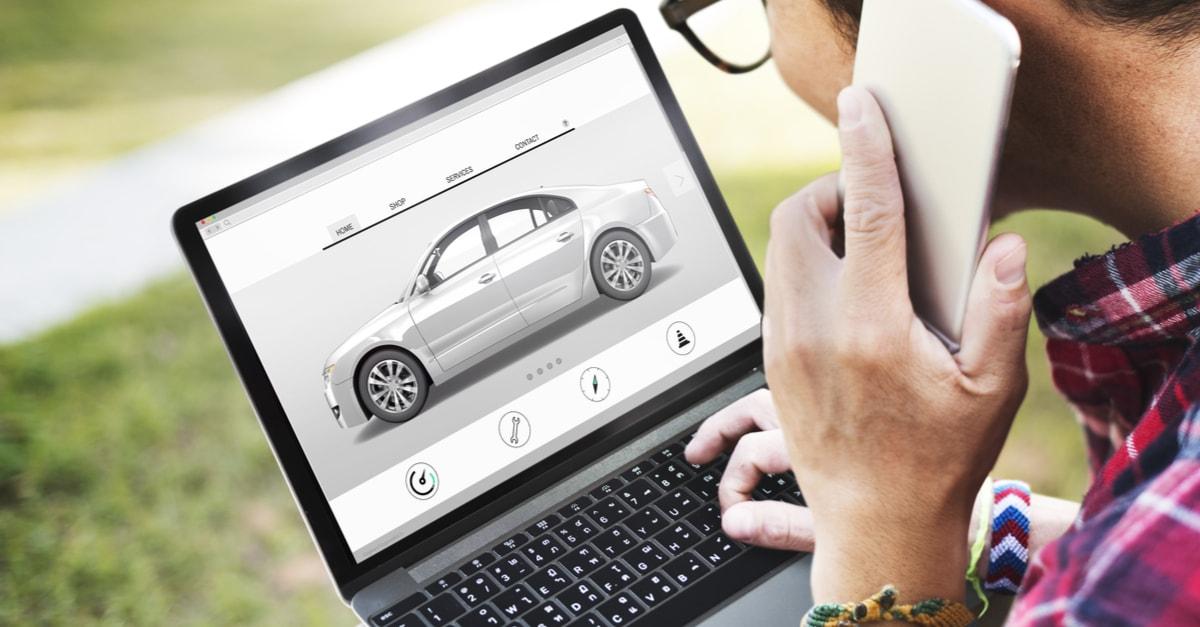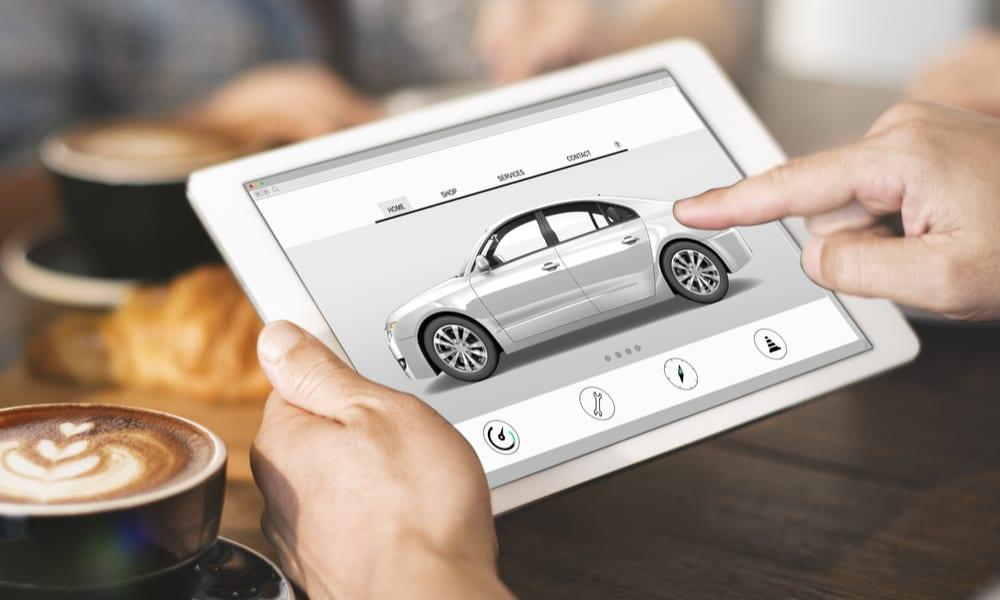in the digital age, the world of buying and selling cars has undergone a remarkable transformation. gone are the days of haggling on the dealership lot or spending hours browsing through classified ads in newspapers. With just a few clicks, consumers can now explore vast inventories, compare prices, and even seal the deal without ever setting foot outside their home. But as the allure of online car sales grows, so too do the questions surrounding their safety and reliability. Are these virtual marketplaces revolutionizing the way we buy vehicles, or do they harbor hidden risks that could leave buyers stranded? In this article, we delve into the mechanics of online car sales, examining the benefits and pitfalls of this modern approach to car shopping, to help you navigate the thrilling yet uncertain landscape of purchasing yoru next vehicle online.
Understanding the Online Car Sales Landscape
In recent years, the online car sales market has emerged as a dynamic choice to conventional dealerships, reshaping how consumers purchase vehicles. One of the primary drivers behind this shift is the convenience that online platforms offer. Buyers can easily browse a vast selection of new and used cars from the comfort of their homes, compare prices across different dealers, and read reviews—all behind the screen of their devices. This transformation has opened doors for various types of sellers, from established dealerships to individual sellers, extending the reach of inventory beyond geographical constraints.However, the multitude of options can also lead to decision fatigue and confusion among buyers.
Amidst these advantages, there are both opportunities and challenges inherent in online car sales. To navigate this landscape effectively, it is crucial for potential buyers to be aware of the following factors:
- Trustworthiness of the platform: Verify the credibility of online platforms and sellers.
- Vehicle history reports: Always check documentation to ensure the car’s past is clear.
- Return policies: Understand the terms and conditions regarding returns and exchanges.
By staying informed and conducting thorough research, buyers can enjoy the benefits of the online car market while minimizing associated risks.

Evaluating Safety in Virtual Transactions
When it comes to online car transactions, prioritizing safety is crucial for both buyers and sellers. Researching the seller’s reputation is an essential first step. Look for verified reviews, ratings, and feedback across various platforms to gauge trustworthiness. Additionally, ensure that the platform you are using for the transaction is secure and reputable. Some platforms offer buyer protection policies that can safeguard your investment. always verify the vehicle’s history using services like Carfax or AutoCheck to uncover any potential red flags, such as past accidents or title issues.
Another significant aspect of safety in virtual car sales is the transactional process itself. Conduct meetings in safe, public spaces and consider using an escrow service for payment, which helps mitigate the risk of fraud. When finalizing the sale, inspect the vehicle thoroughly, or even better, arrange for a professional inspection if possible.Utilize virtual tools such as video calls to conduct real-time vehicle inspections with sellers who are far away, increasing transparency and trust—even from a distance.Always trust your instincts; if somthing feels off, don’t hesitate to walk away.

Navigating Common Risks and Red Flags
When diving into the world of online car sales, its essential to be vigilant about potential pitfalls that could jeopardize your purchase. Always verify the seller’s credibility by checking online reviews and ratings on reputable platforms. Look for any signs of pressure tactics, such as a seller insisting on immediate payment or downplaying the importance of a vehicle history report.These could indicate that something isn’t right. Trust your instincts – if an offer seems too good to be true,it probably is. Common red flags include unresponsive sellers or inconsistent information regarding the car’s condition and history.
To help you identify possible scams,here’s a quick reference table outlining common risks to watch out for:
| Risk | Red Flag |
|---|---|
| Unverified seller | Limited or no online presence |
| Inconsistent vehicle details | Multiple listings with varying prices |
| Pressure to pay quickly | Urgent messages demanding deposit |
| Missing documentation | Refusal to provide history report |
By remaining informed and aware of these risks,you can navigate the online car buying landscape more safely. Effective research allows you to differentiate between genuine offers and deceptive schemes, ultimately leading to a more secure purchasing experience.

Empowering Your Purchase: tips for Safe Online Car Buying
When navigating the world of online car buying, it is essential to equip yourself with effective strategies that ensure a secure transaction. Start by performing thorough research on the seller, whether it’s a private individual or a dealership. Look for reviews and ratings on platforms such as Google, Yelp, or the Better Business Bureau. Additionally, utilize car history report services like Carfax or AutoCheck to uncover any hidden issues with the car you’re considering. Make sure to verify the Vehicle Identification Number (VIN) to cross-check the car’s history and title status.
Before finalizing your purchase, it’s crucial to conduct a pre-purchase inspection. Always insist on hands-on test-driving and exploring every feature of the car. If the seller is reluctant to accommodate your request, it’s a red flag. Prepare a checklist of essential factors to examine, such as:
- Exterior and Interior Condition: Check for dents, scratches, and any signs of wear and tear.
- Mechanical Functions: Test brakes, engine performance, and electronic components.
- Documentation: ensure titles, registration, and any guarantees are in order.
Wrapping up
As we navigate the winding roads of online car sales, it becomes clear that while the digital realm offers versatility and convenience, it is indeed not without its bumps and potholes. From the allure of competitive pricing to the potential pitfalls of fraud and misrepresentation, understanding the mechanics of this modern marketplace is essential for any savvy consumer.
the choice between the traditional dealership and the virtual marketplace rests in the hands of the buyer. With diligent research, a keen eye for detail, and a healthy dose of caution, you can make informed decisions that steer you toward a satisfying purchase rather than a costly misadventure. Whether you decide to rev your engines towards online platforms or remain in the traditional lane, remember: knowledge is your best co-pilot in this journey.
So buckle up and drive safely—your next set of wheels is just a click away,but navigating the virtual car lot requires as much care and scrutiny as a thorough test drive. Happy car hunting!
